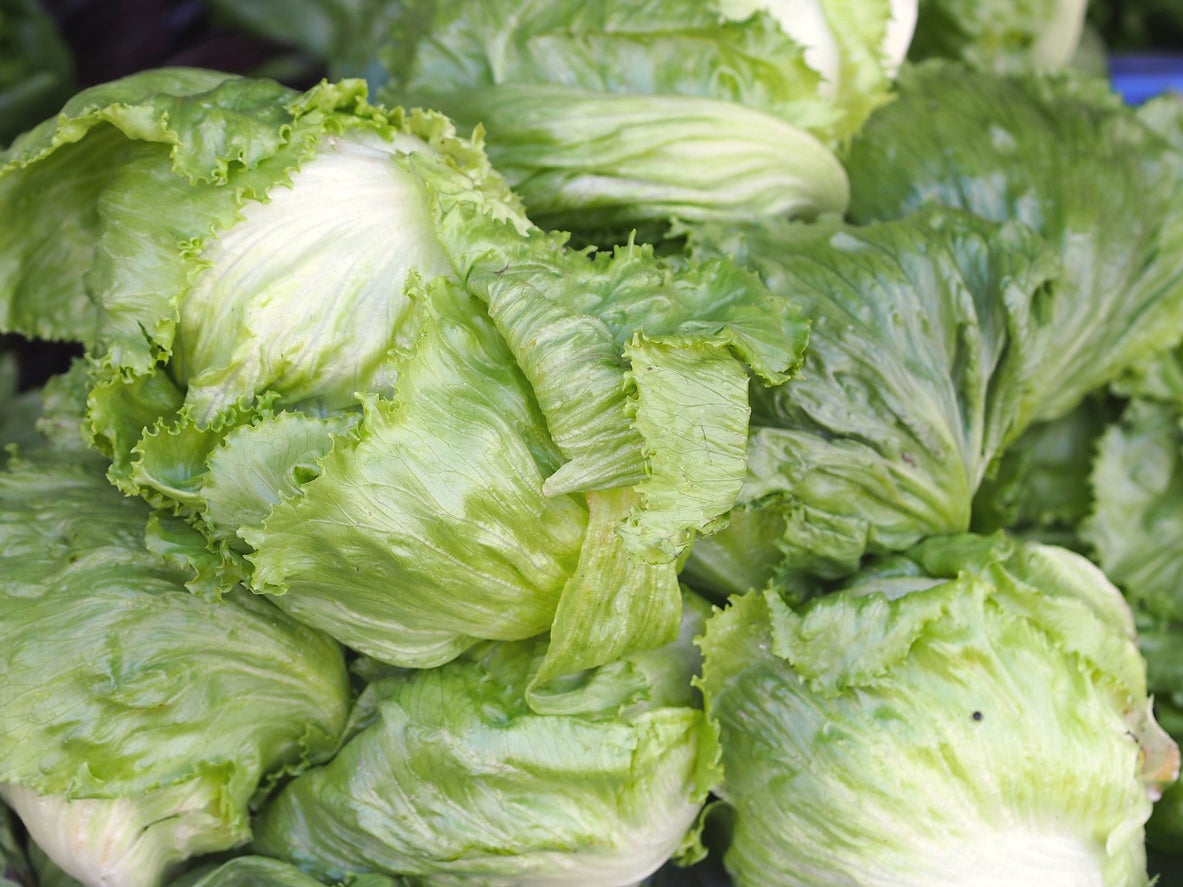
Iceberg lettuce has been slowly but steadily replaced with darker greens richer in nutrients, but for those purists that can’t fathom a BLT without a crispy leaf of lettuce, there’s no substitute for iceberg. Lettuce, in general, tends to thrive in cooler temperatures, but for those in southern climes, try growing Ballade lettuce plants. Read on to learn how to grow Ballade lettuce and about Ballade lettuce care.
What is Ballade Lettuce?
Iceberg lettuce was introduced in 1945 and developed for its resistance to wilting. First referred to as “crisphead” lettuce due to its texture and shape, the common name “iceberg” arose from how it was transported, across the country in trucks filled with ice to preserve the lettuce. Ballade lettuce (Lactuca sativa ‘Ballade’) is an iceberg type of lettuce that is notable for its heat tolerance. This particular hybrid was developed in Thailand specifically for its ability to thrive in hot temperatures. Ballade lettuce plants mature early, about 80 days from planting. They have the traditional iceberg bright green compact head with crisp leaves. Ballade lettuce grows to a height of 6 to 12 inches (15-31 cm.).
How to Grow Ballade Lettuce
Ballade lettuce is self-fertile. Ideal temperatures for germination should be from 60 to 70 degrees F. (16-21 C.). Select a site that is in full sun, at least six hours per day, and press the seeds lightly into the soil. Keep the seeds moist but not sodden. Germination should occur within 2 to 15 days from sowing. Seeds can be planted directly in the garden or sown indoors for later transplant. Thin the seedlings when they have their first set of leaves. Cut them with scissors to avoid disturbing neighboring roots.
Ballade Lettuce Care
Iceberg lettuce does not have deep roots, so it needs regular irrigation. Water the plants when the soil feels dry to the touch when you push your finger into it. A good rule of thumb is to provide one inch (2.5 cm.) of water every week depending upon weather conditions. Water the plants at the base to avoid splashing the leaves which can result in fungal diseases. Mulch around the plants to retard weeds, retain moisture, keep the roots cool, and to supply the plants with nutrients as the mulch breaks down. Keep an eye out for pests such as slugs and snails. Set out bait, traps, or hand pick the pests.
Sign up for the Gardening Know How newsletter today and receive a free copy of our e-book "How to Grow Delicious Tomatoes".

Amy Grant has been gardening for 30 years and writing for 15. A professional chef and caterer, Amy's area of expertise is culinary gardening.
